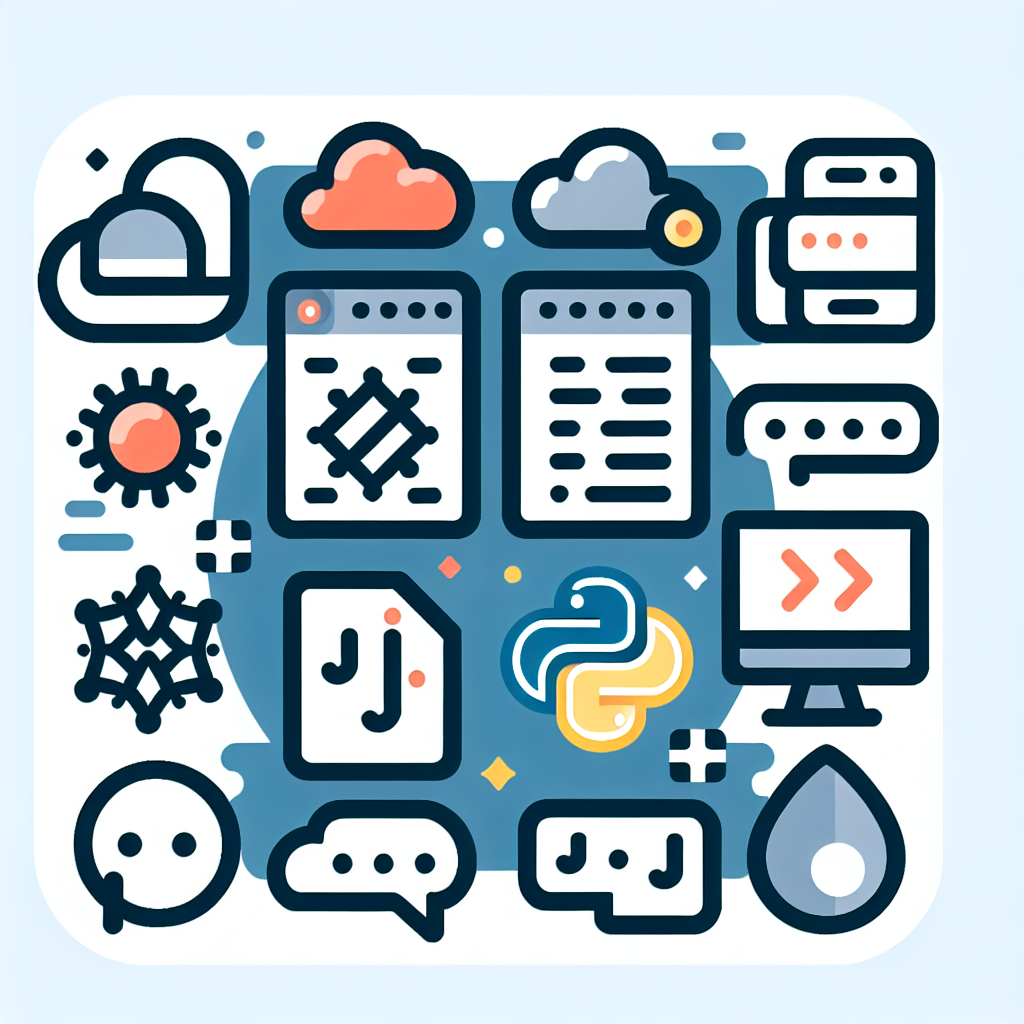Convert JavaScript to Python Instantly | Free Online Tool
Effortlessly convert JavaScript code to Python with our powerful tool. Boost productivity and streamline your coding tasks. Try it now for seamless transitions!
Source Code
Converted Code
Output will appear here...
Convert your JavaScript code to Python effortlessly with our JavaScript to Python tool. Streamline your development workflow, enhance cross-language compatibility, and save time on manual conversions. Ideal for developers, data scientists, and educators looking to bridge the gap between these two powerful programming languages.

JavaScript to Python Conversion Tool Link to this section #
Transitioning between JavaScript and Python can be seamless with the right conversion tool. These programming languages, though distinct, share several similarities that simplify translation work. An effective JavaScript to Python converter will ensure that your code maintains functionality while adhering to Pythonic conventions.
Key Features Link to this section #
- Syntax Translation: Automatically converts JavaScript syntax into Python, such as variable declarations and control structures.
- Function Transformation: Translates JavaScript functions to Python, preserving logic and structure.
- Library Mapping: Maps common JavaScript libraries to their Python counterparts when possible, facilitating integration with existing Python modules.
Why Use a JavaScript to Python Converter? Link to this section #
- Efficiency: Saves time by automating repetitive tasks involved in manual code conversion.
- Accuracy: Minimizes errors compared to manual translation, ensuring more reliable code.
- Learning Aid: Helps developers learn Python by providing side-by-side comparisons of equivalent structures.
Example Conversion Link to this section #
Here's a simple example of how a JavaScript snippet is translated into Python:
JavaScript Code:
// Calculate the sum of an array
function sumArray(arr) {
return arr.reduce((acc, num) => acc + num, 0);
}
Converted Python Code:
# Calculate the sum of a list
def sum_array(arr):
return sum(arr)
Additional Resources Link to this section #
Related Keywords Link to this section #
- Code conversion tool
- JavaScript to Python syntax
- Language translation for programming
Using a JavaScript to Python converter can significantly enhance your productivity, allowing you to focus on developing features rather than managing language nuances. Leverage these tools to bridge the gap between JavaScript and Python efficiently.
Frequently Asked Questions
What are the key differences between JavaScript and Python?
JavaScript is a scripting language primarily used for web development to create interactive web pages, while Python is a general-purpose programming language known for its readability and versatility. JavaScript is executed in the browser, whereas Python runs on the server side. Additionally, JavaScript is event-driven and asynchronous, while Python is procedural and synchronous by default.
Can I convert JavaScript code directly to Python?
Direct conversion of JavaScript code to Python is not straightforward due to differences in language paradigms and ecosystems. However, many functionalities can be rewritten manually in Python, and tools or libraries like Transcrypt and Js2Py can assist in converting JavaScript code to Python, though they may require adjustments for specific use cases.
What are the use cases where transitioning from JavaScript to Python is beneficial?
Transitioning from JavaScript to Python can be beneficial in scenarios where data analysis, machine learning, or scientific computing is required, as Python has extensive libraries like Pandas, NumPy, and TensorFlow. Additionally, Python's ease of use and readability make it a good choice for rapid prototyping and development of server-side applications.